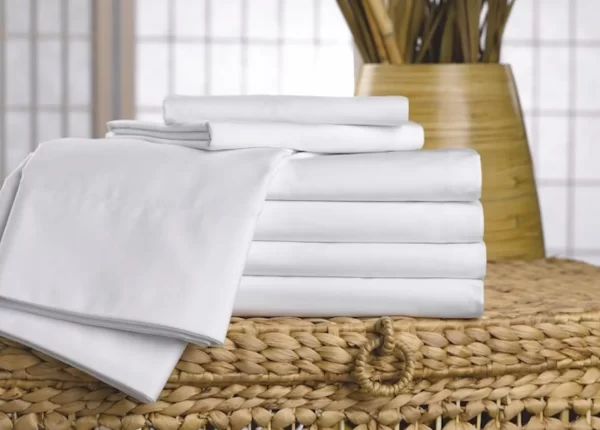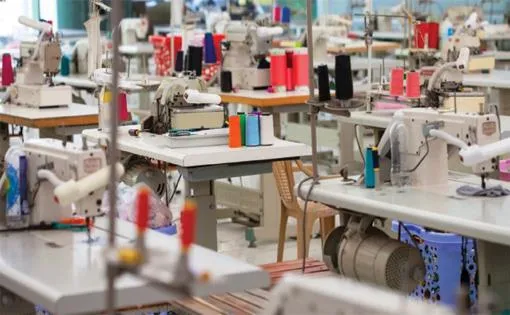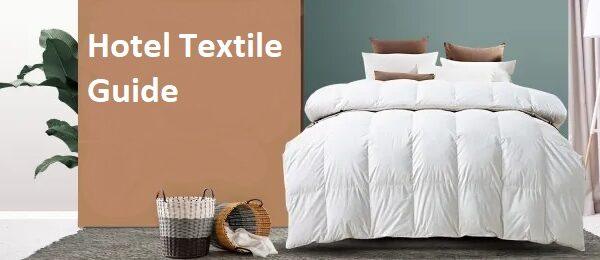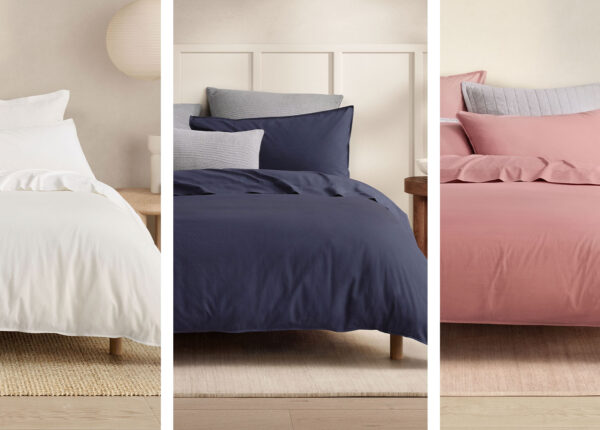When it comes to creating a memorable hotel experience, one of the most cri...
When it comes to enhancing the comfort and aesthetic of your home, few thin...
For hotel managers, understanding the various textile products and the key...
Running a hospitality business in Pakistan comes with its own set of challe...




